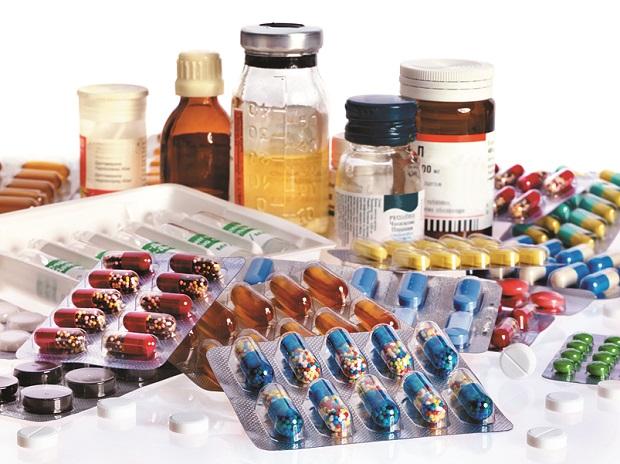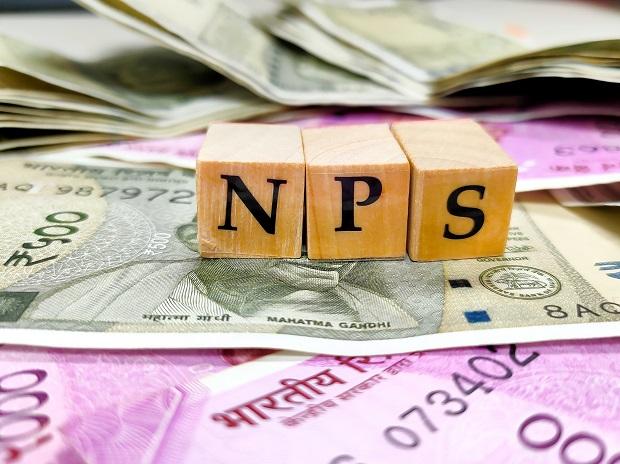After recording 7 per cent growth last fiscal, the pharmaceuticals industry is projected to grow 9-11 per cent in this and next fiscal years. This will be led by steady domestic demand following price hikes across key therapy areas.
While exports to the United States (US), the main export market, will likely remain moderate, improvement in exports to semi-regulated markets, new launches and bulk drugs are expected to support revenue.
The domestic market is expected to grow 8-10 per cent over a high base of 15 per cent growth during last fiscal year. Growth will be driven by a rise in prices, while volume, particularly in the acute therapy segment, is likely to moderate after rising sharply last fiscal.
Demand from the chronic segment is likely to remain steady though. The chronic segment comprises drugs used to address issues related to neurological, cardiac and respiratory diseases, and diabetes. Demand from this segment is structural in nature and is therefore likely to continue on a growth trajectory.
Price-driven growth in the domestic market is expected to come on two accounts. First, elevated raw material costs are likely to be passed through to customers. Formulation companies have already increased prices by 6-8 per cent this year. Secondly, prices of scheduled drugs, which form a part of the National List of Essential Medicines (NLEM), are set to rise by over 10 per cent this year. The government allows pharma companies to raise prices of drugs classified under the NLEM in line with the annual Wholesale Price Index (WPI). The WPI print came in 10.8 per cent higher in 2021 over the preceding year, thereby resulting in a commensurate rise in prices beginning April 2022. Growth in prices of non-scheduled drugs is capped at 10 per cent by the National Pharmaceutical Pricing Authority.
The export market is projected to grow 10-12 per cent (in rupee terms) this fiscal year after recording muted growth the previous year. Supported by the depreciation of rupee, growth is likely to be driven by new product launches, entry into products having low competition and diversification into untapped markets. The US market, which accounts for over a third of formulations exported by India, continues to face pricing pressure amid intense competition. But new launches and increase in India’s share in abbreviated new drug approvals are likely to improve export volume and ease pricing pressure, albeit moderately.
Semi-regulated and emerging markets are expected to be a bright spot for pharmaceutical companies. Growth of semi-regulated markets stood at 5 per cent in fiscal year 2022 over the 22 per cent growth charted during fiscal 2021 due to continued traction in demand and a push from companies. Indian pharma players are doubling down on semi-regulated and emerging markets to diversify from regulated markets, mainly the US, where price erosion is a major headwind.
Going forward, we expect companies to venture into smaller markets in Asia and Africa through new launches and institutional sales.
While exports to semi-regulated markets and growth in the domestic market are expected to support the revenue of the industry, margins are likely to face pressure mainly on account of high raw material prices. Large formulation players witnessed 200-300 basis points (bps) contraction in their operating profit margins during fiscal 2022 due to high input costs. This fiscal, elevated raw material prices, resumption of travel, increased marketing costs and continuing competitive pressure in key export markets such as the US, are projected to result in further contraction of margins by 100-200 bps.
Mid and small-sized players are expected to be worse off and register 200-300 bps erosion. Operating profit margin of the industry as a whole is expected to average at around 20%. Operating profitability for the sector will stabilise at 19.5-20% next fiscal as inflationary pressure on input and logistics costs ease, signs of which are already evident. Credit quality of rated players will remain stable, benefitting from low leverage, moderate capex plans and healthy liquidity.
Over the medium term, the production-linked incentive (PLI) scheme is likely to improve domestic manufacturing and thus lower import dependency for bulk drugs. However, over half of the capacity additions under PLI are for just two drugs: para-aminophenol and penicillin. As a result, the dependence on imports for other bulk drugs is likely to continue. Second, the PLI scheme, aimed at supporting formulation players, is expected to help companies diversify their portfolio and subsequently improve exports growth. However, trade margin rationalisation, the one molecule-one MRP policy, and import dependence on China will remain key monitorables.





GIPHY App Key not set. Please check settings